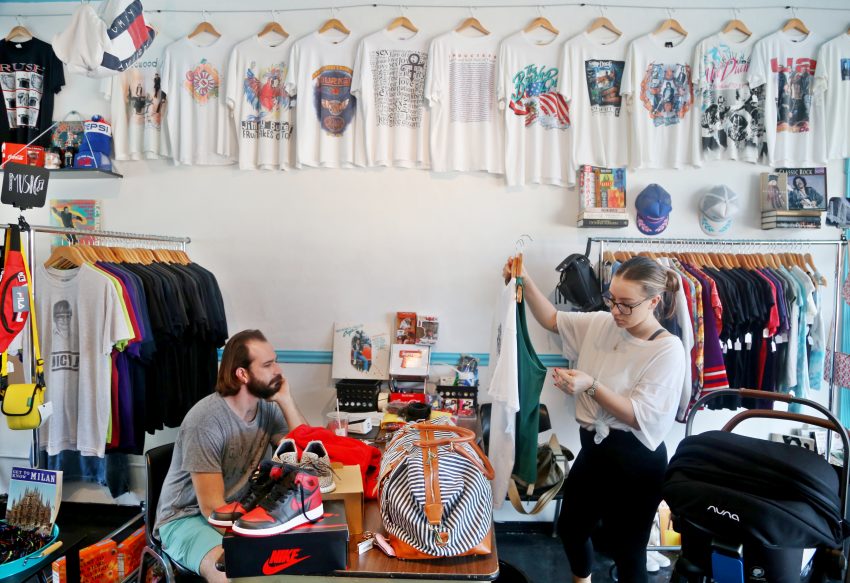In a world where fashion trends evolve rapidly and closets overflow with garments, selling clothes to thrift stores has become a popular and sustainable practice. Beyond just decluttering and making extra money, it’s an opportunity to give pre-loved items a new lease of life and contribute to a more eco-friendly fashion cycle. This article delves into the ins and outs of selling clothes to thrift stores, guiding you through the process and shedding light on the benefits of this exciting endeavor.
The Art of Curating a Sellable Wardrobe
When it comes to selling clothes to thrift stores, curating a sellable wardrobe is paramount. The first step is to assess your collection and determine which items are in good condition, in line with current trends, and still have market value. Keep in mind that thrift stores have specific criteria for accepting donations, so it’s essential to familiarize yourself with their guidelines beforehand.
Once you’ve identified the clothes you wish to sell, it’s time to prepare them for resale. Thoroughly inspect each garment, checking for stains, holes, or missing buttons. Launder or dry-clean the items, ensuring they are fresh and presentable. Organize your clothes by type, such as tops, bottoms, dresses, and outerwear, making it easier to categorize and display them when you approach thrift stores.

Finding the Right Thrift Stores
Choosing the right thrift stores to sell your clothes can significantly impact your success. Research local thrift stores in your area and explore their reputations, customer bases, and policies. Some thrift stores focus on high-end fashion, while others cater to vintage enthusiasts or budget shoppers. Selecting the right store that aligns with the style and quality of your clothing will increase your chances of a successful sale.
Contact the chosen thrift stores to inquire about their acceptance policies and whether they offer any compensation for items they accept. Some stores may pay you upfront for your clothes, while others operate on a consignment basis, providing you with a percentage of the selling price once the item is sold. Consider these factors and choose the option that suits your preferences and goals.
Presenting Your Clothes with Panache
Presentation plays a vital role in catching the attention of thrift store staff and potential buyers. Ensure your clothes are neatly folded, ironed, or hung on hangers. Use clear garment bags or transparent storage boxes to protect delicate items or formalwear. Adding small details like decorative tags, personalized labels, or neatly written descriptions can enhance the appeal of your garments and set them apart from the rest.

When visiting the thrift store, approach the staff with a friendly demeanor and present your clothes professionally. Share any notable details about the garments, such as their brand, original price, or unique features. Highlighting these aspects can generate interest and increase the likelihood of your items being accepted or sold quickly.
Conclusion
Selling clothes to thrift stores is a rewarding experience that combines sustainability, creativity, and a sense of community. By curating a sellable wardrobe, selecting the right thrift stores, and presenting your clothes with panache, you can turn your pre-loved garments into a valuable resource while contributing to a more sustainable fashion industry. Embrace the thrifty journey and embark on an exciting adventure of reimagining fashion and promoting conscious consumerism.


